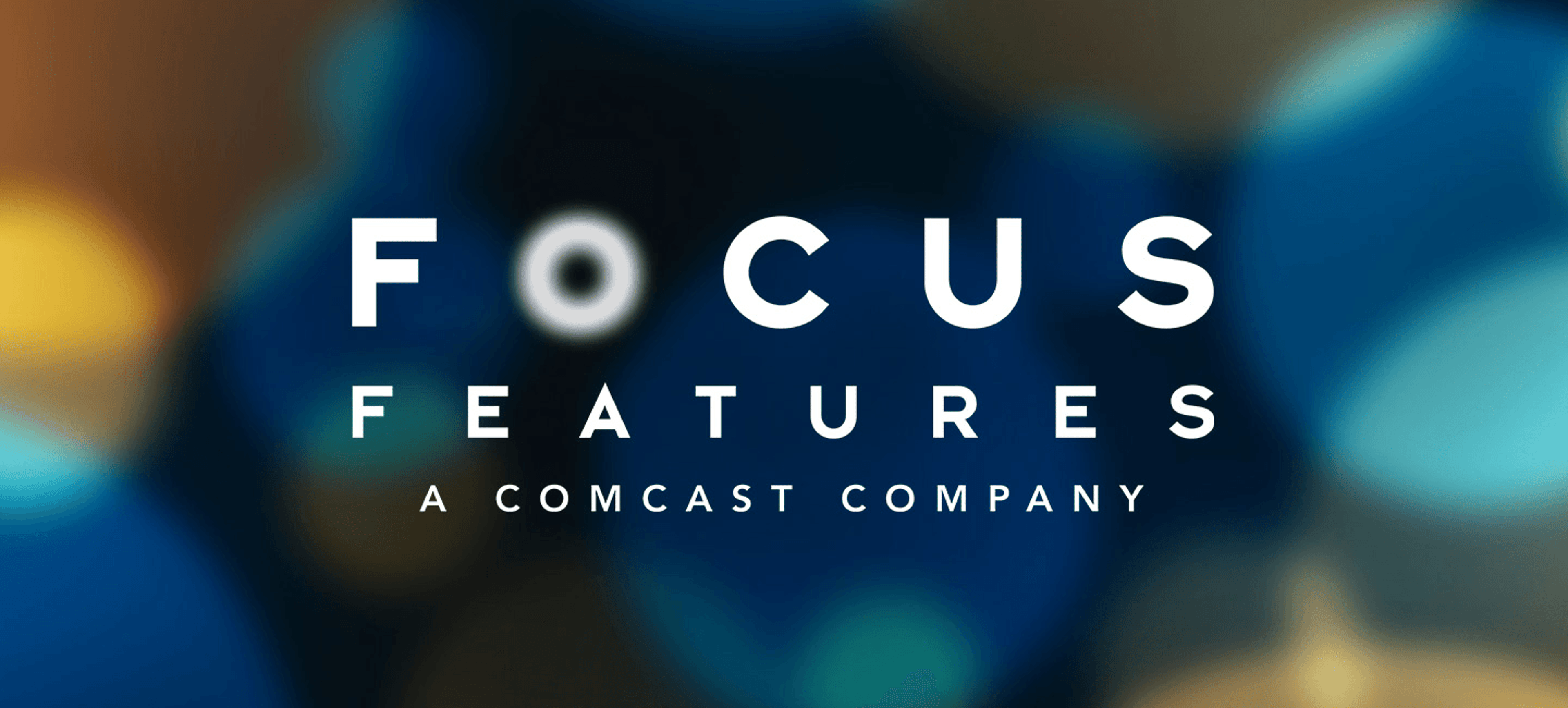For Romans, the metal eagle attached to a pole was more than just a piece of military hardware that lead an army into war. The Eagle star Channing Tatum sums up concretely the emblem’s meaning: “There’s a saying in the book [The Eagle of the Ninth], “Eagle lost, honor lost; honor lost, all lost.” I think that is really how Rome felt. If you lost the Eagle then you sort of lost Rome.” For Tatum, his character Marcus Aquila is defined by the accusation that his father lost the eagle: “He has devoted his entire life to being the best soldier that he possibly can so he can rewrite his family’s name.”
While the eagle was a powerful symbol for ancient Rome, it started, quite literally, as straw. Original standards were nothing more than a handful of straw gathered up and tied to a pole. Overtime legions opted for animal symbols that represented their spirit. In 102 B.C., Gaius Marius decreed that the Eagle alone become the defining emblem of Roman power. In his tome Natural History, the Roman writer Pliny The Elder explains, “Caius Marius, in his second consulship, assigned the eagle exclusively to the Roman legions. Before that period it had only held the first rank, there being four others as well, the wolf, the minotaur, the horse, and the wild boar, each of which preceded a single division.” For both the Greeks and Romans, eagles were held in high esteem, often being aligned with Zeus and his power. In his Natural History, Pliny the Elder goes one describe how the Eagle was equal to a dragon in power and force, so that a battle between the two would be a duel to the death: “The dragon seeks the eggs of the eagle with a mischievous avidity; while the eagle, in return, carries it off whenever it happens to see it; upon these occasions, the dragon coils itself about the wings of the bird in multiplied folds, until at last they fall to the earth together.”
Originally the eagle was probably made of silver with a golden thunderbolt in its claw. Above the eagle on the standard a gold bar bore the message SPQR (Senatus Populus Romanus), a title that honored the Senate and the people of Rome. While the primary function of the eagle was symbolic (representing not only the legion, but the Roman empire as well), it also proved a strategic tool. In the chaos of battle, troops would often look for the standard to orient their actions, often following commands to not move further than a few steps from it. When legions sets up camp, the eagle would be the first thing planted, often being given a tent of its own. One soldier, the aquilifer, would be given the honor of carrying the eagle into battle and guarding its existence.
For any Roman legion the eagle was its heart and soul. To lose the eagle meant the end of the legion, at least until it could be recaptured. At the Battle of the Teutoburg Forest in 9 CE, Germanic forces destroyed three roman legions, capturing their eagles as well. Germanicus, who took over the fight for German territory, was able to recover two of the three eagles. Fifth Legion Alaudae also lost its eagle in 17 AD, but was not disbanded since the eagle was subsequently recaptured.
